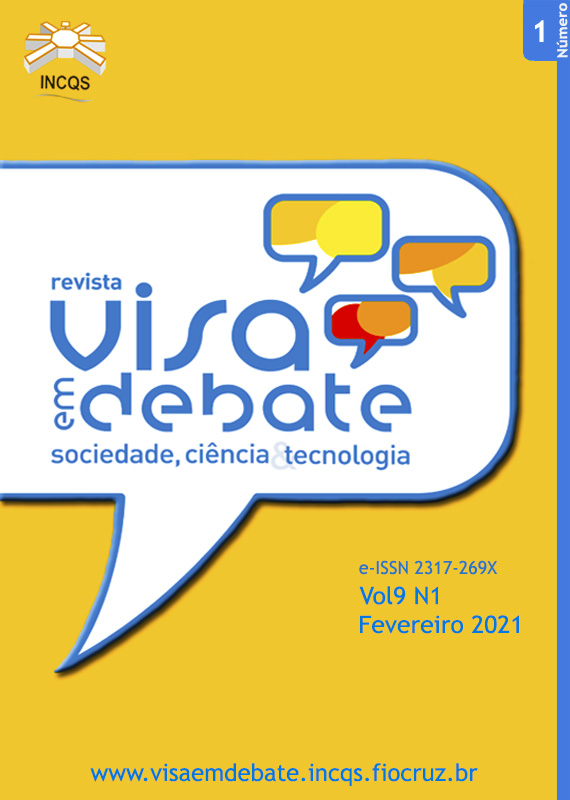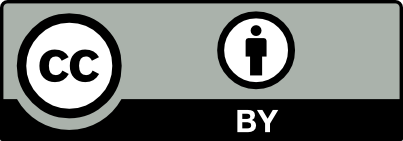Microscopic study of paprika (Capsicum annuum L.): detection of fraud and foreign matter
DOI:
https://doi.org/10.22239/2317-269x.01431Abstract
Introduction: Paprika (Capsicum annuum L.) is a condiment used worldwide; it is produced from various varieties of ripe, dried and ground peppers, and it is subject to adulteration and fraud, as well as to contamination due to failures in good practices of production, storage or marketing. Objective: To evaluate the authenticity and the presence of foreign matter in paprika samples marketed in the state of São Paulo, as well as to verify their compliance with the legislation on microscopic parameters. Method: Forty-three paprika samples were analyzed to verify the authenticity and to search foreign matter using the method recommended by the Official Methods of the Association of Official Analytical Collaboration International. Results: The authenticity evaluation showed fraud in 30.0% of the samples. The most frequently added ingredient was Zea mays L. (corn) starch, accompanied mainly by Bixa orellana L. (annatto). Among the foreign matter detected, rodent hair fragments and insect fragments were the most frequent, present in 91.0% and 79.0% of the samples, respectively. Pure samples presented larger amount of rodent hair fragments, while adulterated samples larger amount of insect fragments. Regarding the sanitary legislation, 88.0% of the samples were considered unsatisfactory; of these, 30.0% for being adulterated and 77.0% for presenting quantity of foreign matter above the tolerated limit. Conclusions: The results of this work revealed fraud and failures in good practices in the paprika’s productive chain, emphasizing the need for intensified surveillance of this type of product in order to guarantee its reliable and safe supply to the population.
Downloads
Downloads
Published
Issue
Section
License
Copyright (c) 2021 Health Surveillance under Debate: Society, Science & Technology (Vigilância Sanitária em Debate: Sociedade, Ciência & Tecnología) – “Visa em Debate”

This work is licensed under a Creative Commons Attribution-NonCommercial 4.0 International License.
COPYRIGHT ALLOWANCE The author (s) hereinafter designated as the ASSIGNOR hereby assign and transfer, free of charge, the ownership of the copyrights related to this ARTICLE to the Vigilância Sanitária em Debate: Sociedade, Ciência & Tecnologia (Health Surveillance under Debate: Society, Science & Technology) – Visa em Debate, represented by FUNDAÇÃO OSWALDO CRUZ, established at Av. Brasil, nº 4365, Manguinhos, Rio de Janeiro, RJ, Brazil, CEP 21045-900, under the conditions set out below: (a) The terms and conditions set forth in this Agreement shall apply to the following: 1. The ASSIGNOR declares that they s(he) is (are) the author (s) and owner (s) of the copyrighted property of the ARTICLE submitted. 2. The ASSIGNOR declares that the ARTICLE does not infringe the copyrights and / or other property rights of third parties, that the disclosure of images (if any) has been authorized and that they s(he) assume(s) full moral and / or property liability for its content, before third parties. 3. THE ASSIGNOR assigns and transfers all copyrights relating to the ARTICLE to the ASSIGNEE, especially the rights of editing, publication, translation into another language and reproduction by any process or technique. The ASSIGNEE becomes the exclusive owner of the rights related to the ARTICLE, and any reproduction, totally or partially, is prohibited in any other means of publicity, printed or electronic, without prior written authorization from the ASSIGNEE. 4. The assignment is free and, therefore, there will be no remuneration for the use of the ARTICLE by the ASSIGNEE.







